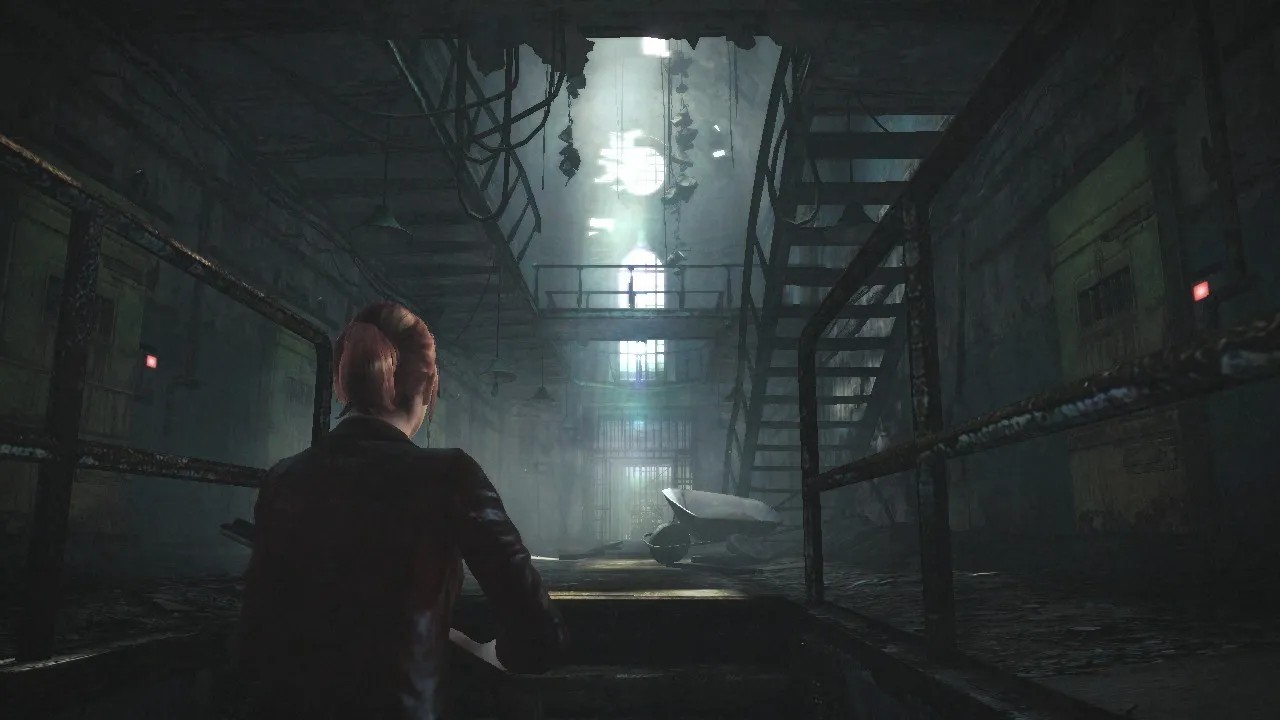
Resident Evil Revelations 2 Episode 1: A Return to Survival Horror?
Contents
The Resident Evil franchise, a cornerstone of the survival horror genre since its 1996 debut, has seen its share of triumphs and missteps. From the groundbreaking Resident Evil 4 to the less well-received Resident Evil: Operation Raccoon City, the series has navigated a complex path. Following the action-heavy direction of Resident Evil 5 and 6, Resident Evil: Revelations marked a return to the series’ survival horror roots. With the success of Revelations, Capcom sought to establish it as a standalone series alongside the mainline games, culminating in Resident Evil: Revelations 2. Does the first episode of Revelations 2 live up to its potential and recapture the classic Resident Evil experience?
 alt: Claire and Moira explore a dark and dilapidated prison in Resident Evil Revelations 2 Episode 1.
alt: Claire and Moira explore a dark and dilapidated prison in Resident Evil Revelations 2 Episode 1.
A Familiar Yet Refined Formula
Resident Evil: Revelations 2 Episode 1 successfully blends elements from the original Resident Evil games, Resident Evil 4, and later entries. The core gameplay loop remains intact: navigating dimly lit corridors, conserving limited ammunition, and facing off against terrifying enemies. The level design encourages exploration, hiding resources and secrets within its environment. Ammunition scarcity necessitates strategic combat and resource management.
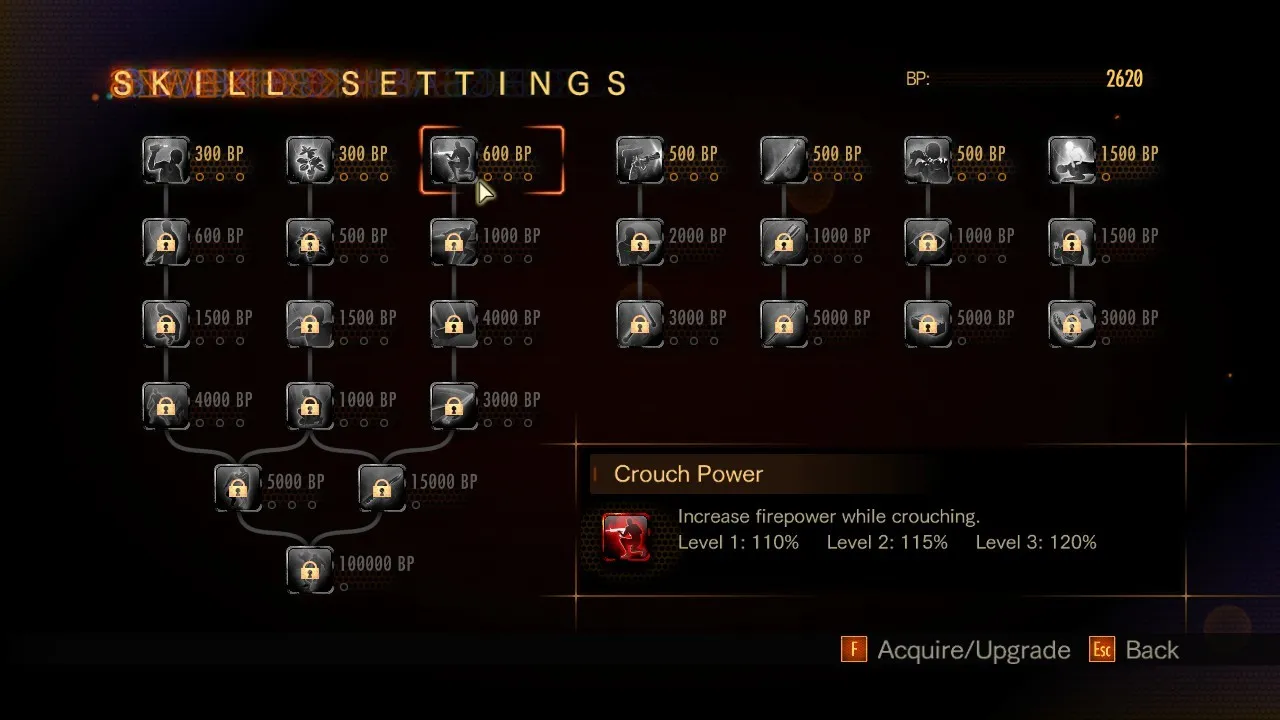 alt: A close-up of an Afflicted enemy in Resident Evil Revelations 2 Episode 1, showcasing its grotesque appearance and glowing weak point.
alt: A close-up of an Afflicted enemy in Resident Evil Revelations 2 Episode 1, showcasing its grotesque appearance and glowing weak point.
Unlike recent installments, Revelations 2 Episode 1 reintroduces the “bleeding” status effect, emphasizing the importance of timely healing item usage. Enemies present a formidable challenge, requiring players to exploit weak points and utilize melee attacks or knives for efficient takedowns. Environmental puzzles and scattered documents further enhance the gameplay experience, offering glimpses into the game’s narrative and setting. The weapon upgrade system from the original Revelations returns, with upgrade parts cleverly hidden or requiring completion of mini-games. Most importantly, the game effectively captures the oppressive atmosphere and suspense that define the Resident Evil franchise.
Innovative Partner Mechanics
While not the first Resident Evil game to feature cooperative gameplay, Revelations 2 Episode 1 introduces a unique twist with its asymmetrical partner system. Players control two pairs of characters: Claire and Moira, and Barry and Natalie. Each pair functions with one character taking the offensive role and the other providing support. Claire engages in combat while Moira utilizes her flashlight to blind enemies and reveal hidden items. Similarly, Barry wields heavier firepower, while Natalie uses her special abilities to detect enemy locations and highlight points of interest.
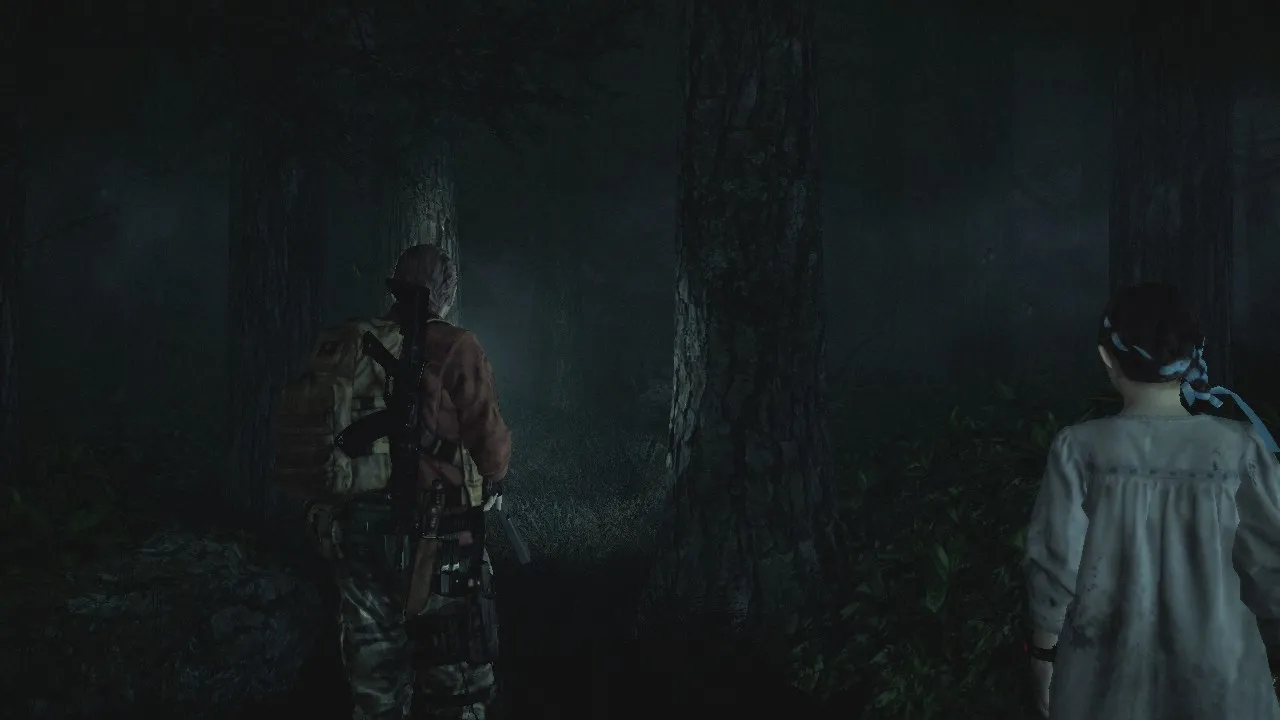 alt: Barry Burton aims his weapon, ready to confront enemies in Resident Evil Revelations 2 Episode 1.
alt: Barry Burton aims his weapon, ready to confront enemies in Resident Evil Revelations 2 Episode 1.
Players seamlessly switch between characters, with the AI controlling the inactive partner. Thankfully, the AI avoids the pitfalls of previous games, proving competent and reliable in combat and resource management. In a series first, Revelations 2 Episode 1 incorporates RPG elements with a skill tree system. Players can enhance various abilities, such as herb effectiveness, weapon damage, Natalie’s detection range, and Moira’s flashlight power. This adds a layer of customization and progression to the gameplay.
Technical Shortcomings
Despite its strengths in gameplay and atmosphere, Resident Evil: Revelations 2 Episode 1 suffers from technical issues. While the sound design effectively creates tension and dread, the graphics are noticeably dated. Environmental textures and character models appear rough and unpolished, with noticeable jagged edges. Glitches such as clipping, floating characters, and enemies walking on air further detract from the visual experience. Although outdoor environments fare slightly better, the majority of the game takes place in dark, confined spaces, limiting their impact. Performance issues such as stuttering and occasional crashes can also mar the experience, especially on mid-range PCs.
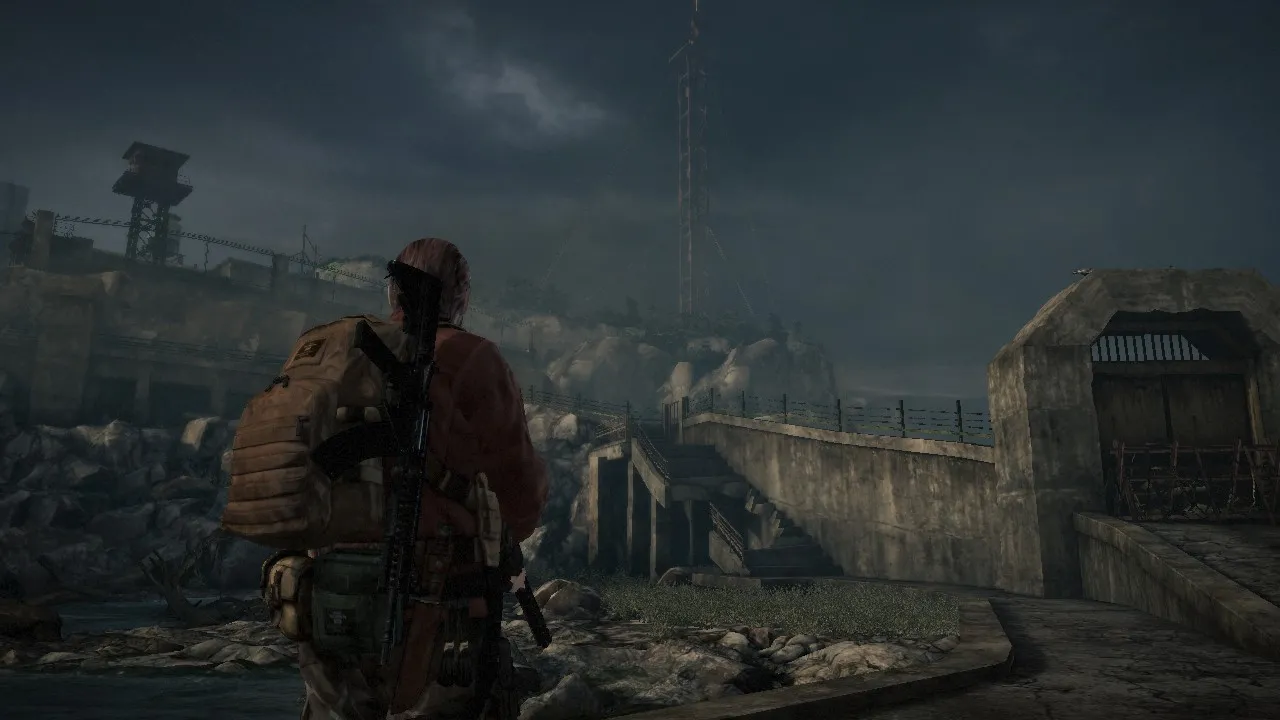 alt: A screenshot showcasing the graphical limitations of Resident Evil Revelations 2 Episode 1, with noticeable texture and lighting issues.
alt: A screenshot showcasing the graphical limitations of Resident Evil Revelations 2 Episode 1, with noticeable texture and lighting issues.
Gameplay Oversights
Beyond the graphical shortcomings, Resident Evil: Revelations 2 Episode 1 contains several gameplay flaws. The stealth mechanics, while present, feel underdeveloped, particularly when playing as Barry with his powerful weaponry. Finishers lack impact, appearing rushed and unsatisfying. Loading screens between areas, albeit brief, feel archaic in a modern game. Enemy AI exhibits inconsistencies, sometimes ignoring players behind closed doors and other times aggressively pursuing them. These issues, while not game-breaking, detract from the overall experience.
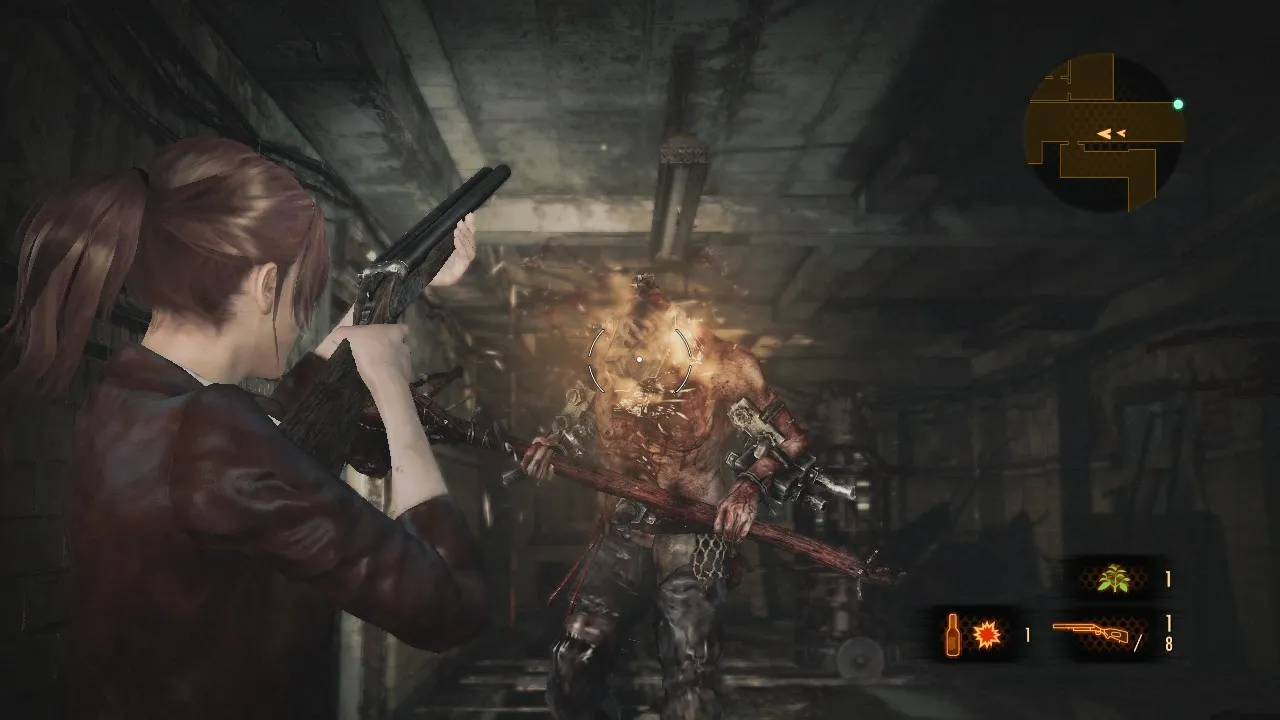 alt: Moira Burton illuminates a dark corridor with her flashlight in Resident Evil Revelations 2 Episode 1.
alt: Moira Burton illuminates a dark corridor with her flashlight in Resident Evil Revelations 2 Episode 1.
Conclusion
Resident Evil: Revelations 2 Episode 1 offers a compelling blend of classic survival horror gameplay and innovative cooperative mechanics. However, technical shortcomings and gameplay oversights prevent it from reaching its full potential. While the atmosphere and core gameplay loop recapture the essence of the series, the dated graphics and inconsistent AI hold it back. Ultimately, Revelations 2 Episode 1 serves as a promising but flawed entry in the Resident Evil franchise.





Comments (0)